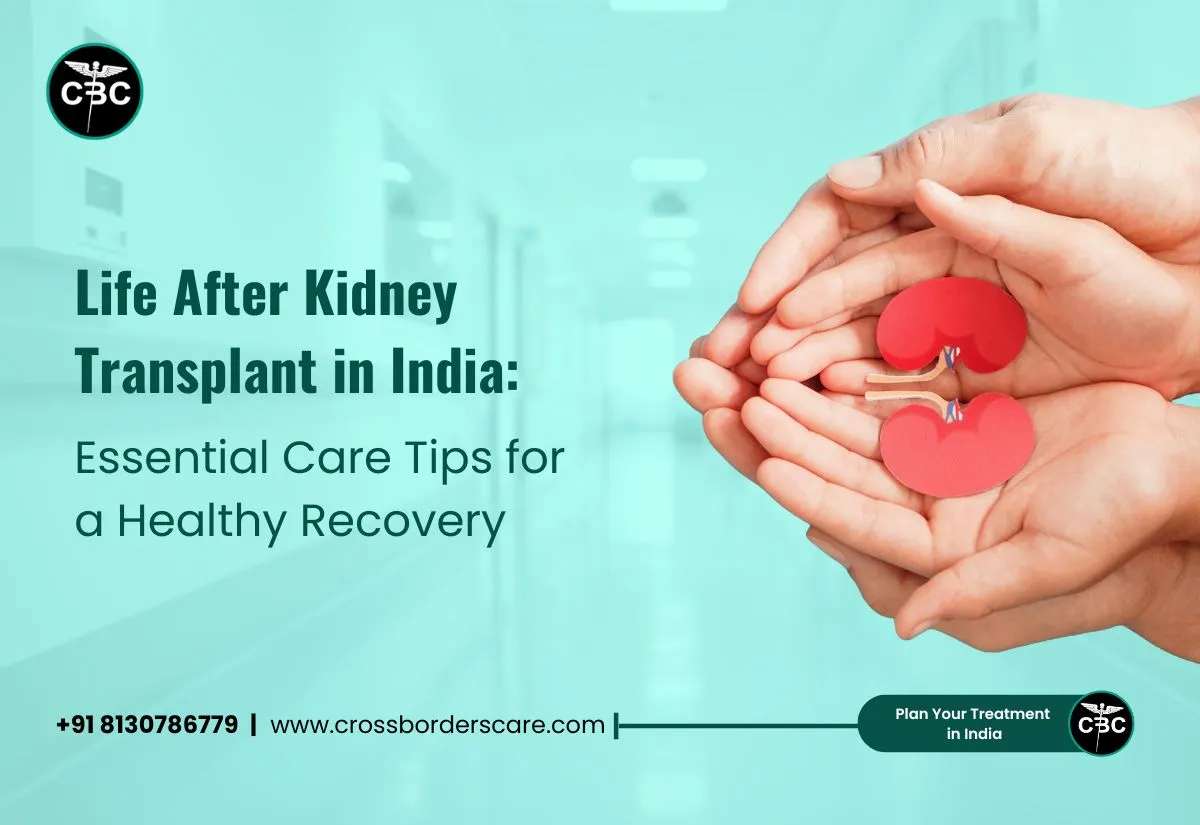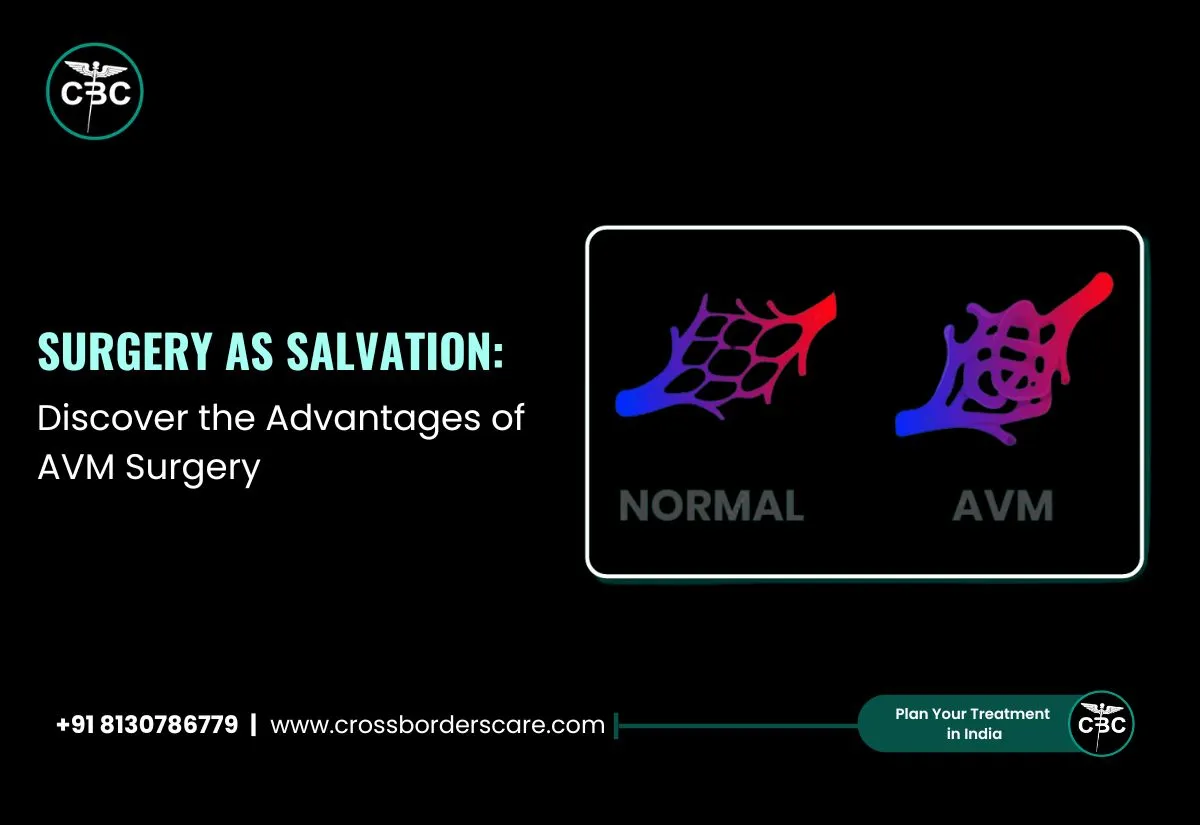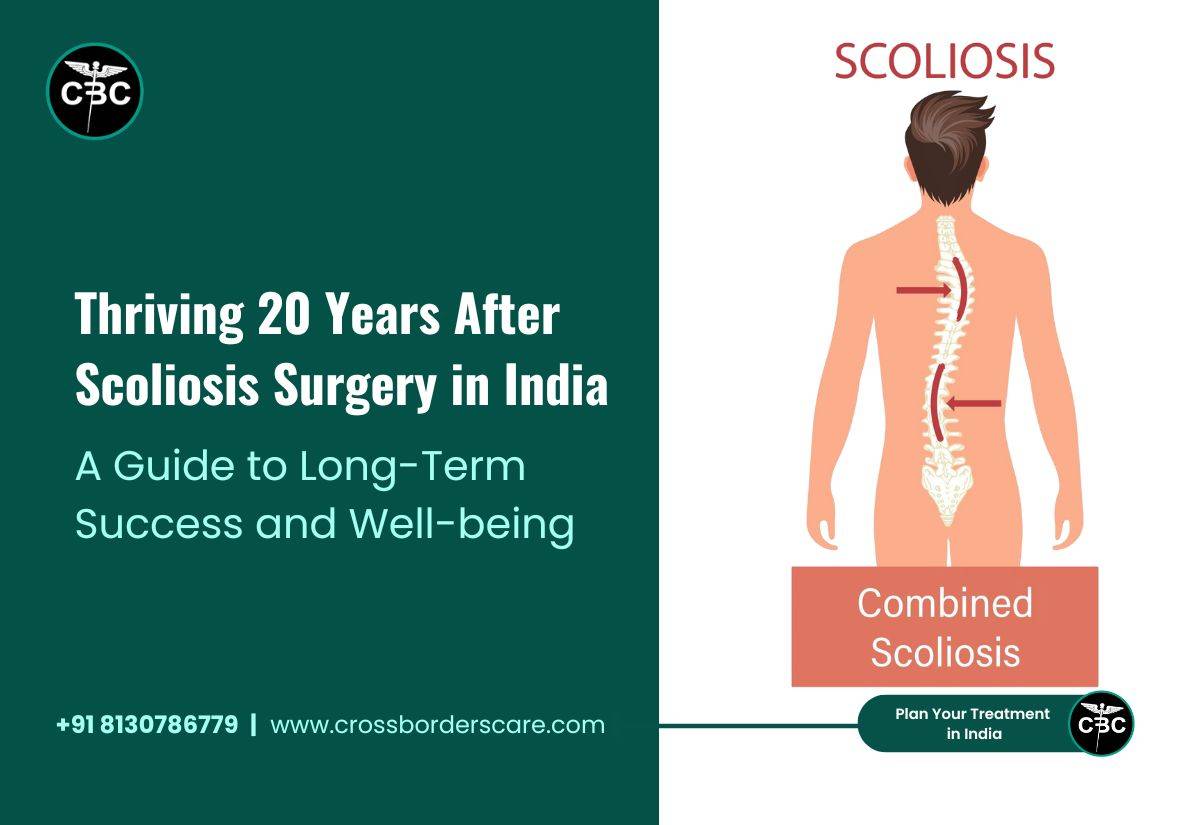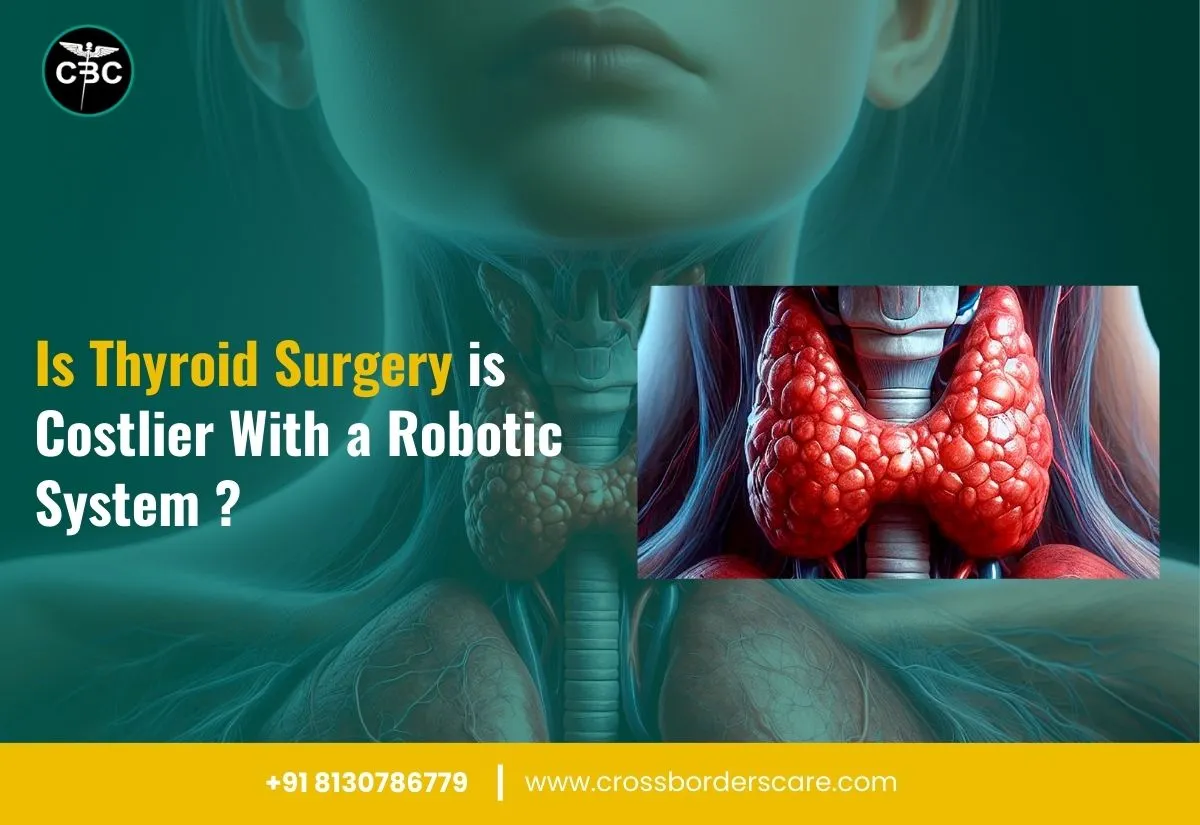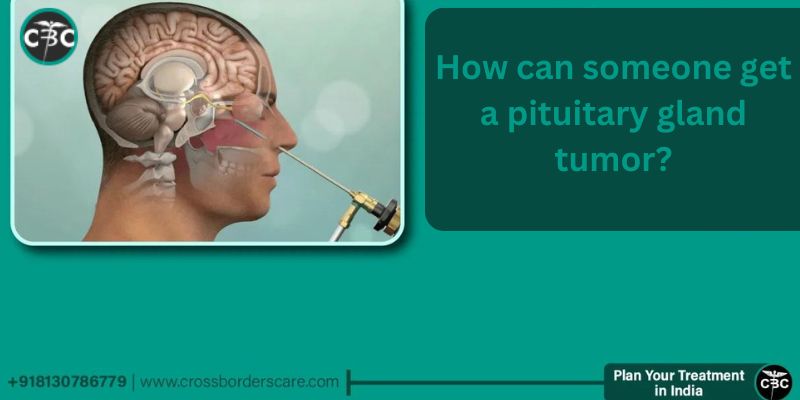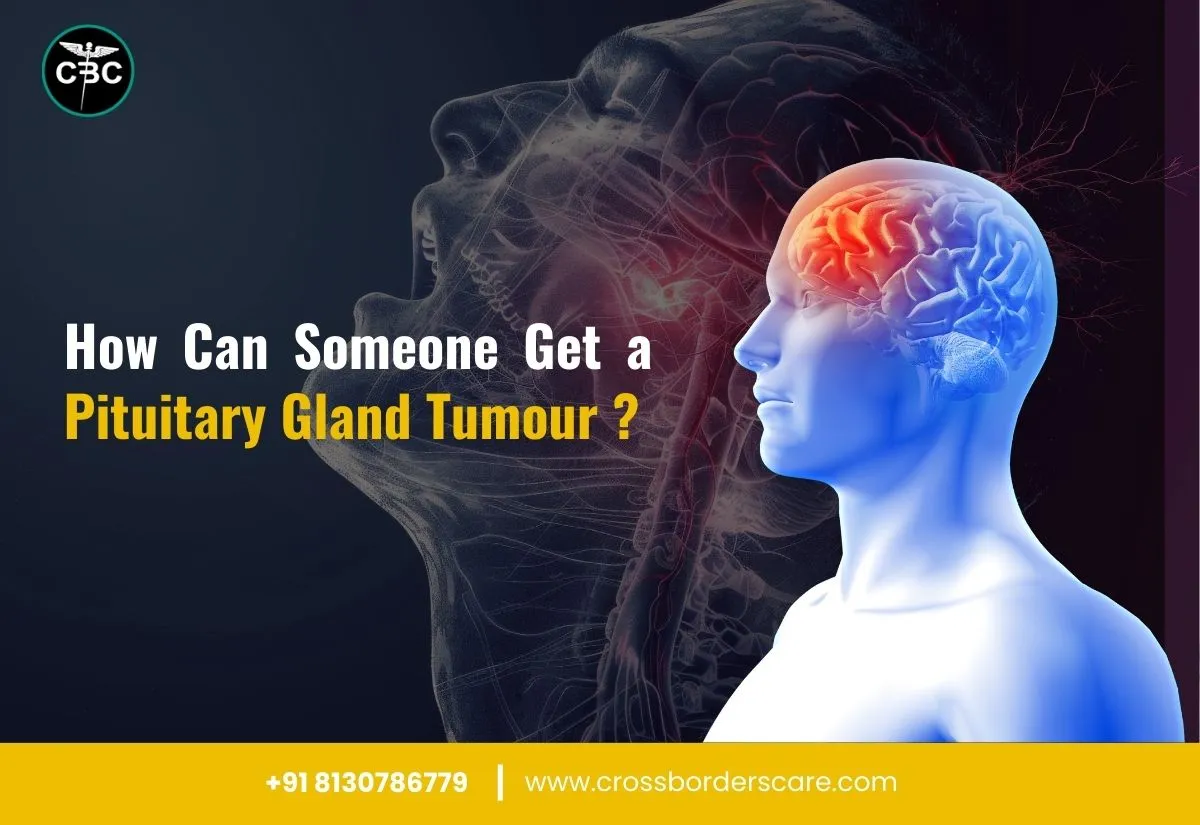You get another chance in life after a kidney transplant in India. Transplants can provide varied benefits like improved health and freedom to do anything in life. However, you have to be aware that a kidney transplant is not the cure. You have to take proper care of yourself and your transplanted kidney.
In this blog, we will provide you with some tips on how to care for your kidney after a kidney transplant. Cross-border Care is with you at every step of the recovery.
Kidney Transplant India: Renewing Lives, One Kidney at a Time
In order to take care of your kidney after transplant, make sure to follow the given steps:
- Do not smoke or drink alcohol right after the transplant.
- You should take your medications on time and include dietary supplements.
- Avoid people with infection so that you may not fall ill.
- Follow strict instructions on lifting, walking, and taking complete rest.
- You should return to work only 4 to 6 weeks post-kidney transplant in Delhi.
Kidney Transplant Delhi: Diet Plan, Exercise and More
Your food choices after a kidney transplant in India should be healthy. Eating healthy is very important. It reduces the chances of heart disease, diabetes, and other health issues like obesity and hypertension.
Make sure to do the following things:
- Take low fat and low-salt diet
- Drink at least 2 litres of water every day.
- Limit your intake of caffeine and alcohol
- Do not consume grapefruit and pomegranate juices.
- Do not eat packaged food or outside food. It will reduce the risk of infections and food poisoning.
The best kidney transplant doctors in India recommend making sure that your diet is healthy and suits your new kidney.
Exercise After Kidney Transplant
The doctors in top kidney transplant hospitals in India suggest taking good care of your body after the transplant. Try to be active a few days after the surgery. This will help you maintain a healthy weight and positive mood.
You can connect with a specialist to find the proper exercise for you. Pick activities that you enjoy. This will help you remain positive in life and recover better. You can indulge in activities like bicycling, swimming, and gardening.
Avoid Infections
Immunosuppressive medicines prevent your body from rejecting the new kidney. Since immunosuppressants lower your immune system, you have to stay away from infections at all costs.
You should follow these steps to prevent an infection after kidney transplant operation:
- Wash your hands before eating anything, every time you use the restroom, or when you get home from work.
- Maintain a safe distance from sick people.
- Eat only from good restaurants. Avoid spoiled, expired, or contaminated food.
- Be sure to speak with your transplant team before traveling overseas. If you’re traveling to a country where some infection is prevalent, you should obtain vaccinations and medicines to prevent the disease.
- If you plan to get a permanent tattoo, wait 6 months till transplant to avoid any infection.
Kidney Transplant Care India: Guidelines to Follow
The following guidelines will help keep your kidney as new as possible:
- Take your medications on time.
- Keep regular appointments with your kidney transplant team
- Wash your hands regularly
- Avoid extreme sun exposure
- Avoid exposure to pet feces
- Be aware while in large crowds.
The safety of vaccine Shots Post Transplant
You have to be sure to discuss this with your kidney transplant team in India before taking any vaccine shots.
The following should be done:
Live vaccines, such as those for chickenpox, must be avoided. Since the immune system is already weak, the weak form of the virus in the vaccine replicates in the body and can lead to infections.
Make sure to wait for at least three months after kidney transplant surgery before getting a flu shot.
These vaccines are considered to be safe after a kidney transplant
- COVID-19
- Diphtheria-pertussis-tetanus
- Flu
- Hepatitis A
- Hepatitis B
- Inactivated polio
Impact of transplant on sex and pregnancy
Much of the sexual function and fertility problems that your kidney disease or dialysis may have caused go away after a transplant.
A kidney transplant in Delhi can make your period more regular, too, which can help with getting pregnant. After a transplant, avoid pregnancy with birth control for at least one year.
This means your transplant team will need to talk to you about safe sex, birth control, and pregnancy with your partner.
You and your partner must discuss safe sex, birth control, and pregnancy with your transplant team.
Cross Border Care is regarded as the best kidney transplant consultant in India. Our team of top kidney doctors aims to provide the best possible care for kidney-related ailments.
